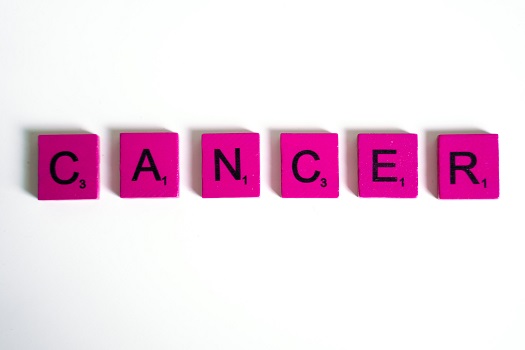The medical community may be overselling cancer screenings without discussing potential harms with patients.
A recent study published in JAMA Internal Medicine has found that despite widely recognized guidelines for cancer screenings online, many cancer centers deviate from this, suggesting patients who are not within the specific risk categories get screened anyway. And they’ve been getting away with over-screening largely due to the support of those within the medical community. For example, a doctor might send a reminder for an annual mammogram. The patient schedules an appointment and at that appointment, her physician refers her to a cancer clinic to screen for an unrelated risk, such as lung cancer due to her history of smoking. Soon, the patient could find she is in a screening loop, continually being referred for more testing.
Moreover, researchers involved in the JAMA study found that some cancer screening sites discuss the benefits of screening but say little about potential harms. In fact, “62 percent of cancer center websites did not include information on the potential harms of screening,” they reported.

The researchers analyzed greater than 600 cancer center websites providing recommendations for prostate screening and concluded that more than 25% recommended over-screening, that all men be screened. More than three-quarters did not specify an age. Yet guidelines from both the Preventive Services Task Force and the American Urological Association suggest men over 70 should not be routinely screened, because “the potential benefits do not outweigh the expected harms.” Instead, for men aged 55 to 69, both groups urge individuals to discuss this with a clinician who can review both the benefits and risks, allowing a patient to make an informed decision.
“If we acknowledge that these websites are important sources of information, based on screening according to the guidelines we have room for improvement,” said Dr. Behfar Ehdaie, a urologist at Memorial Sloan Kettering Cancer Center in New York and an author of the study on prostate cancer screening recommendations.
The study also reported that “of over 600 breast cancer centers, more than 80 percent of those recommending a starting age for mammograms deviated from guidelines.” When it comes to lung cancer, it is recommended an individual receive testing only if they are at high risk due to a smoking history and older age. Yet, a review of 162 cancer center websites showed approximately half of the sites did not address potential harms.
With mammography, harms of over-screening include false positives, leading to repeat mammograms or biopsies, “the psychological consequences of which can continue for months,” the team wrote. So, these harms are not insignificant by any means. And the push towards screening could very well have to do with money.
“In the U.S. health care system, the more procedures you do, the more you get paid,” said Dr. Alexander Smith, a palliative medicine specialist and geriatrics researcher at the University of California, San Francisco. “Radiology, which is required for both lung and breast screenings, is one of the biggest moneymakers for health systems,” he added.
“We think it’s important to present a balanced account,” said Dr. Daniel Jonas, an internist at Ohio State University College of Medicine and senior author of the study. “It’s fair to say they could do a better job.”


Join the conversation!